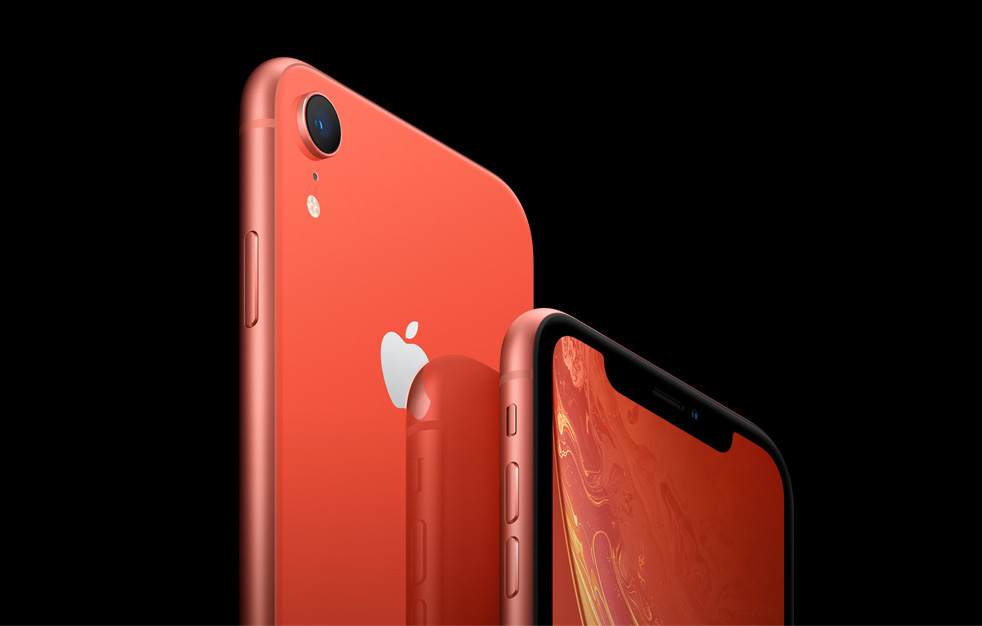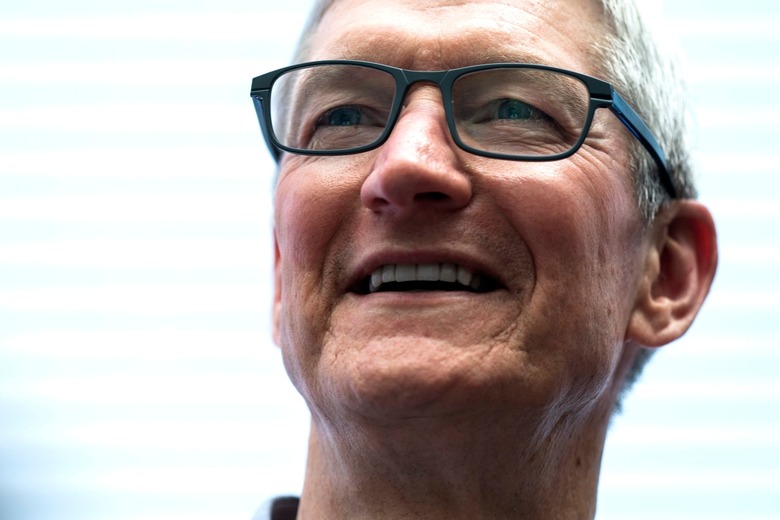Apple Once Again Proves Tim Cook's Plan To Deal With Slowing iPhone Sales Is Paying Off
In a rundown Tuesday afternoon of his company's performance over the most recent fiscal third quarter, Apple CEO Tim Cook accentuated the positives despite the ho-hum nature of the three-month period. The quarter just before summer begins, for example, doesn't include the busy holiday shopping season or a back-to-school rush for devices. Nevertheless, this is a publicly-traded company, presenting its results to Wall Street on a three-month cycle, and as such analysts and investors expect to see as many improvements as possible each time new earnings are presented.
But how do you satisfy the Street's expectation that public companies always show growth when, in Apple's case, the company's signature product has matured — to the point that Apple has made clear the iPhone will no longer generate the sizzling, white-hot sales numbers it once did? Apple's latest earnings tell the story.
Cook has telegraphed for a while now that Apple's services business, which includes offerings like iTunes, Apple Pay and subscription products like Apple Music, will be the growth vehicle for the company going forward. In his comments about the recent quarter, Cook touted it as "our biggest June quarter ever," with results so promising that as a result of what the rest of 2019 holds "we're confident about what's ahead."
Services are a big reason for that. Apple, which doesn't even bother releasing unit sales for any of its consumer products anywhere, declared Tuesday that its services revenue had reached an all-time high of $11.46 billion during the period.
Granted, that's still a far cry from the $25.9 billion that iPhone sales generated for Apple (and $53.8 billion in revenue overall), but not only is it a positive sign to see Apple hit a new all-time record in this category that it's placed such importance on. Executing well here also is reflective of Apple's ability to pull off a tricky metamorphosis — because proficiency at selling phones does not automatically translate to an ability to sell subscriptions to products like Apple Music or the company's forthcoming Apple TV+. It's a completely different thing from selling shiny gadgets.

The quarter's $11.46 billion in services revenue, we should add, is up from $10.17 billion during the same period in 2018 and edged up just slightly from $11.45 billion during the previous quarter at the beginning of 2019.
Among the quarter's other services-related highlights:Apple now has 420 million subscribers paying for its various services. Cook used the results to reiterate Apple is on pace to hit $14 billion in services revenue by next year. During the June quarter, Apple also started adding more first-time users than PayPal, and its monthly volume of payments is growing faster as well. Additionally, Apple Pay is now in almost 50 markets.The new subscription and revenue-generation service products keep coming. In just a few months, Apple is launching a video game subscription service (Apple Arcade), while an Apple credit card is coming in August. In the fall, Apple TV+ is launching at an as-yet-unannounced price point that will make original series available to subscribers, Netflix-style.
Managing Apple's continued trajectory along these lines will very much be a core and maybe even a defining element of Tim Cook's legacy — this notion of how well he steers Apple into the post-iPhone era. It's easy to misstate all this as being a shift or a change in emphasis, but, of course, iPhone revenue is going to remain the crown jewel in Apple's empire for the foreseeable future. But kudos to its chief executive who had to follow one of the most successful CEOs in the history of Corporate America — and who's continued to do so while having to plot a path forward that also doesn't cling too tightly to everything that came before.
